Favorite field trip is back on Ag in the Classroom schedule
Advertisement
Hey there, time traveller!
This article was published 20/11/2023 (609 days ago), so information in it may no longer be current.
The Agriculture in the Classroom’s favorite elementary school field trip had been put on hold for the past three years during COVID, but the “Amazing Agriculture Adventure” returned, better than ever, to the University of Manitoba’s Glenlea research centre last month.
This year, the Amazing Agriculture Adventure took students through 10 interactive stations, covering different livestock commodities and support industries, featuring hands-on activities and experiences.
Five stations were in the main building at the Bruce D. Campbell Farm and Food Discovery Centre, and the other five stations were a short, two-minute walk to the Manitoba Dairy Farmers and Manitoba Egg Farmers research barns.
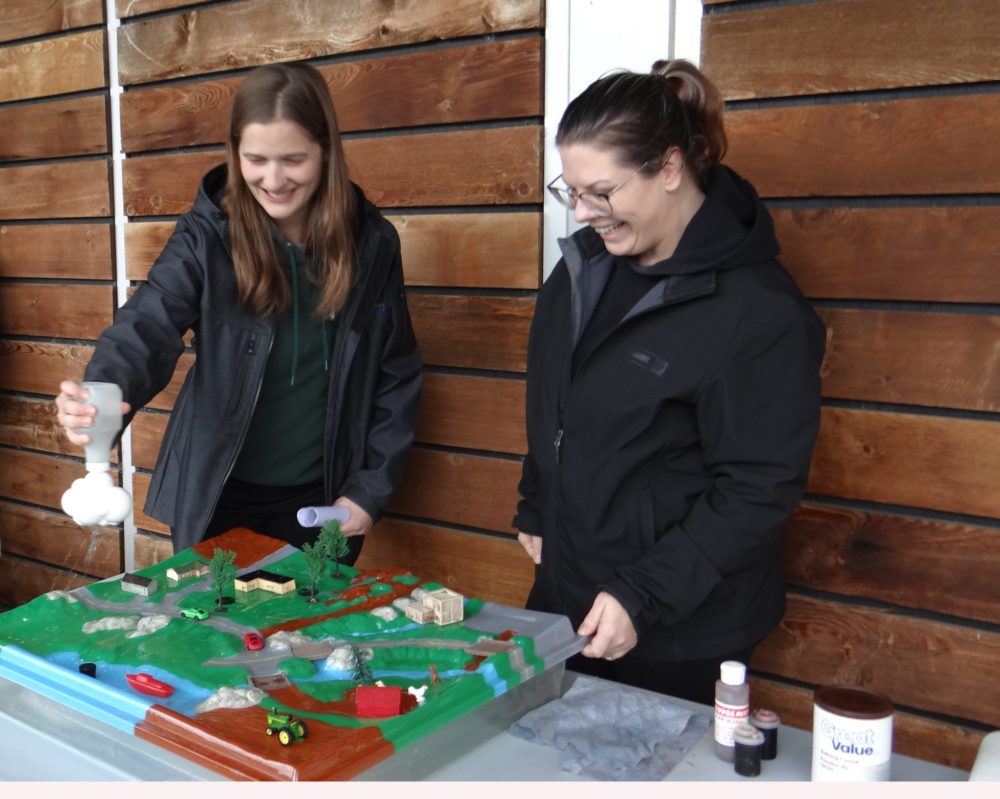
The Grade 4 and 5 students learned about Manitoba’s livestock industry by visiting stations highlighting dairy, beef, chickens, eggs, pork, bees, and canola. The veterinary, 4H & Watershed stations helped students gain an understanding of how animals are cared for, how agriculture plays a role in their daily life and how they could one day be part of an exciting career in Agriculture.
The students spent 10 minutes at each of 10 stations, learning about “everything livestock” from the impact on the environment to farm safety practises around animals.
They also were given a close-up view of cattle and poultry through the windows in the dairy and egg-layer research barns.
New to the program this year was the participation of the Manitoba 4-H Council, the Manitoba Veterinarian’s Association, and the Manitoba Beef and Forage Initiatives.
The Canola Growers Association was back to teach students about the crop and about the human consumption and uses of canola as animal feed. They are told canola is fed to chickens, horses and cows.
Students were given a roller and a strip of tape containing canola seeds. Once they rolled over the seeds the back of the tape was stripped off to display their canola oil.
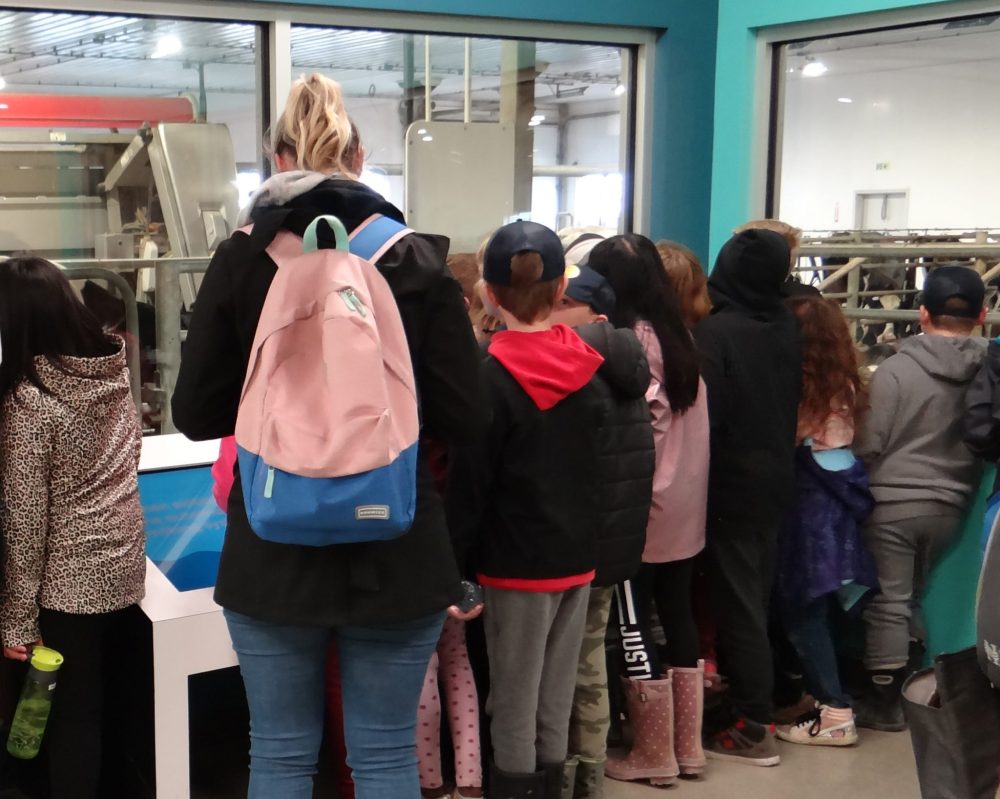
Students were encouraged run their fingers through a container of canola to feel the texture of the fine, black seeds, which look very much like soil.
Down the hall at the Discovery Centre, there is another familiar face, as Brian Nedohin is assisting a soon-to-be-retired beekeeper with the station featuring a fully functional beehive.
Nedohin has been volunteering for demonstrations at the Discovery Centre since 2015. At the last Amazing Agriculture Adventure before COVID Nedohin was at a station, showing students how to grinding wheat into flower, and says the most striking slide of his presentation to students at that time was of a glowing field of wheat in Ukraine.
This time he is assisting Margaret Smith at the bee station, where there is a whole hive of bees, complete with a tube to the outdoors allowing the bees to come and go, during the pollinating season. A large flower on the outside of the building guides the bees back to the entrance to their hive, Nedohin explains.
The Smith family has been producing Marg’s Honey for 45 years. They started in Ashern with four hives and more recently, at their St Andrews location near the airport they had 640 hived.
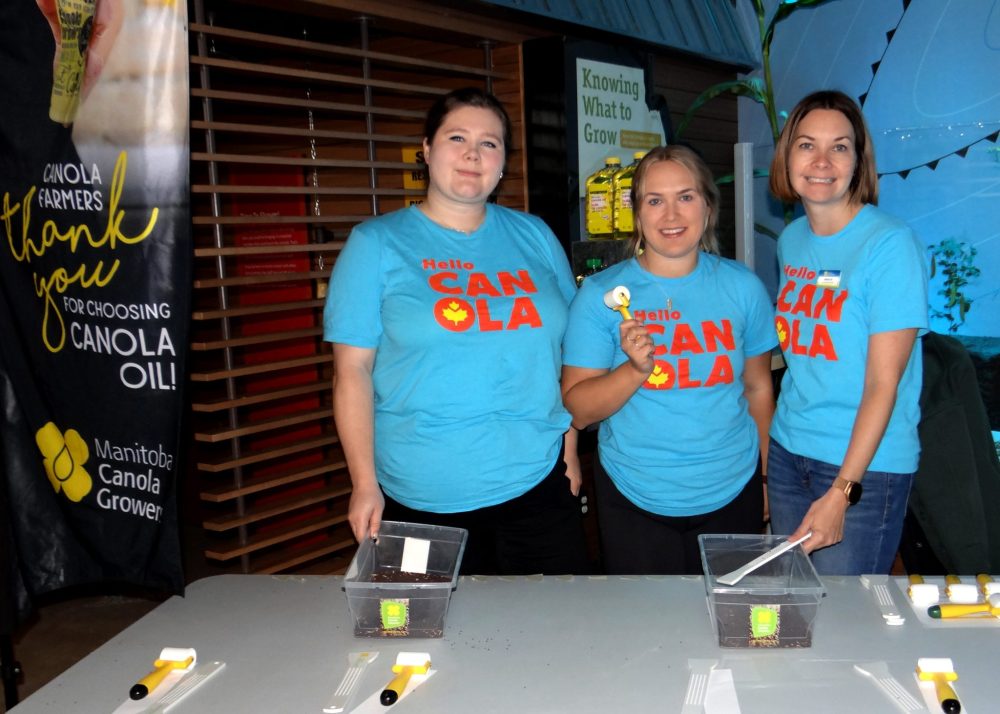
Leaving the Food and Discovery Centre, students stop at the Manitoba Watershed Association’s display on the patio, where they learn firsthand how pollution is created and how it affects the environment.
Students are told that whatever measures are taken to reduce pollution is important because only one percent of the world’s drinking water is drinkable and can be seriously damaged by pollutants.
Smoke from tractors, garbage, oil leaking from vehicles, litter from restaurants, fertilizer used on farms and golf courses, and sewage plants discharging into the river, are all risks to the environment, students are told.
Sprinkling a coat of cocoa powder on a table top model of a community, watershed volunteers use a spray bottle to demonstrate how pollutants are moved to ditches, streams and rivers by runoff after a heavy rain.
At the dairy barn, students were shown the instruments used by veterinarians, watched cows going about their daily business, including being milked by a robot, and met the 4-H beef cow model.
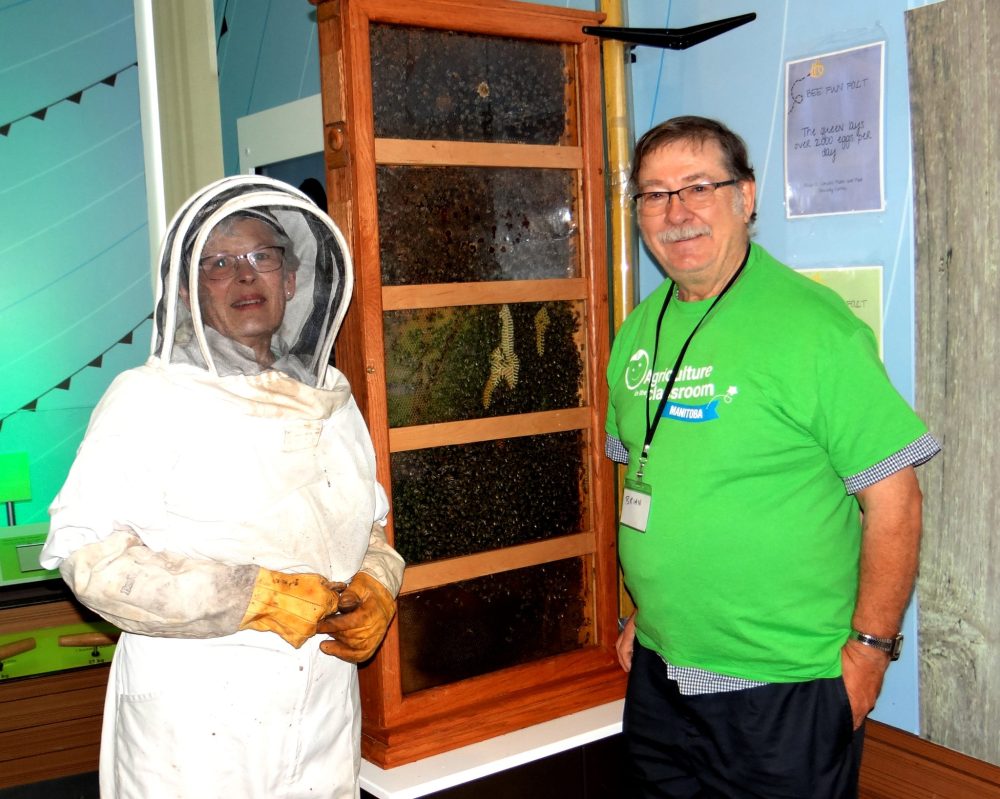
Ashley Graye at the Manitoba Dairy Farmers station explained to a group of fascinated students how a robot could milk a cow in five minutes and how the robot was able to determine when a cow returned before she was ready to be been milked again.
A few students giggled as they watched a cow poop and pee and Ashley took the opportunity to explain how the scraper continually moved the manure to the end of the barn where it was stored before being spread on fields as fertilizer.
But Graye lost her audience altogether when a cow walked into the big red robot to be milked. The entire class crowded in front of the window to get a close-up look at the action.
They also got very close to the action when they visited the beef station in the meeting room of the dairy research centre. There, they got to meet “Clover”, a life-sized calving model of a beef cow with a calf inside.
Amazing Agriculture Adventure hosted 250 students Oct. 4, 5 and 6, bringing attendance at the event back to levels prior to it being postponed Covid. The most recent AAA was in 2019 when 760 students participated.
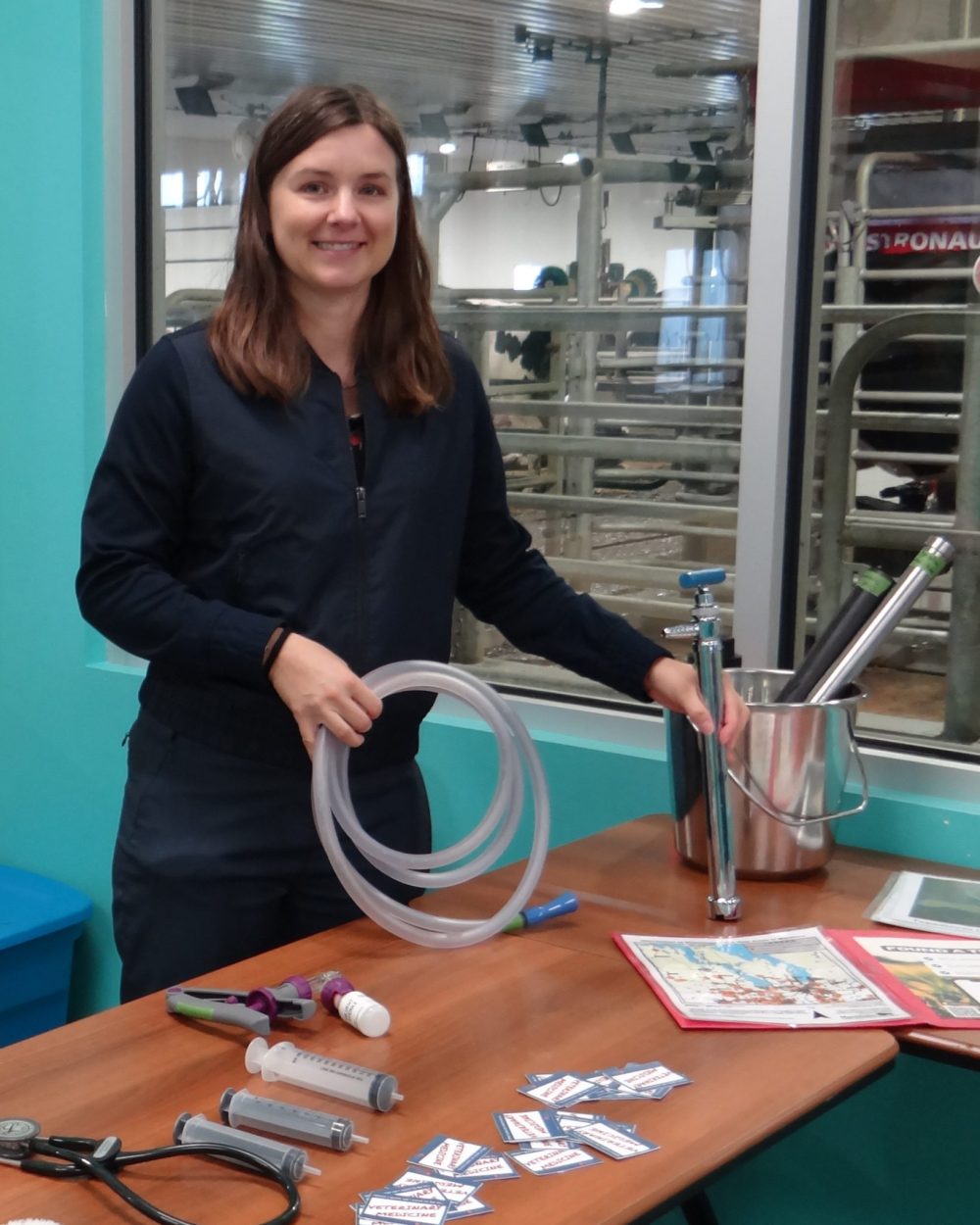
Rather than running Amazing Agriculture Adventure virtually during Covid, AITC decided to postpone it until it could be held at the Food and Discovery Centre and the new research barns.
During Covid Agriculture in the Classroom used available resources for other virtual inter-active programs like “Follow the Farmer” series which is back on the schedule for a third school year.
